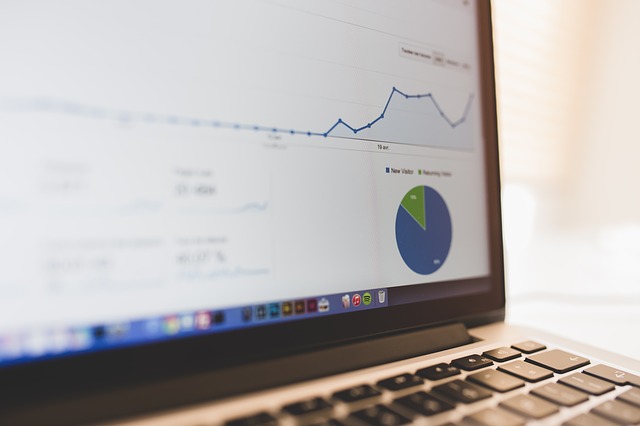One thing that new business owners realize while starting their advertising campaigns is how expensive Google Ads really can be. Depending on what you sell, and the competition in the space, you could be spending anywhere between a dollar a click to as much as $50 or even $100 per click.
Facebook, on the other hand, can be relatively much less expensive. You don’t expect to spend more than the price of coffee in most cases. Both these platforms reach millions (more than a billion, actually) of visitors each month and so can help you target any target group. So why would anyone in their right mind spend money on Google at all?
The reason for this lies with user intent. When a user searches for “Honda spare parts” on Google, you know for a fact that the person looking up for this search result is indeed with an intent to purchase spare parts for their Honda. Clicks on ads related to this keyword thus convert really well. The high conversion rate is partly the reason behind Google’s CPC.
A user browsing through their Facebook timeline, on the other hand, does not really have an intent to purchase. In all likelihood, they are looking for a way to kill time. Conversion rate on Facebook thus tends to be lower and is the reason behind the lower CPCs.
However, one reason why Facebook advertising can be so powerful is because of the targeting options that it comes with. For example, you can target a male user in the age group of 20-35 who drives for Uber and is a fan of the Simpsons. Such micro-targeting techniques can work really well with a good plan in place.
Maximizing ROI with Facebook advertising
The ROI on Facebook and Google are comparable in the sense that the high CPC rates on Google comes with a high conversion rate while the relatively lower CPC rates on Facebook come with lower conversion rates. You are thus essentially spending the same amount per conversion.
However, it is possible to maximize your conversion on Facebook with a properly executed drip marketing campaign. The first step in the process is creating a well-targeted digital advertising copy. The ideal advertising copy will understand your target audience requirements and appeal to the specific stage of the customer’s buying journey.
For example, if the customer is still at the product awareness stage, the copy could include videos that educate the viewer on your product or channels them further towards the marketing funnel. As a social media ad, storytelling is an absolutely essential component of your ad. The perfect copy also evokes the right kinds of emotions in the audience, uses the right language and is share-worthy.
Improving ROI with virality
Social media tools like Facebook have the ability to amplify ROI on campaigns that go viral. Your target audience that views your ads can share or comment on your campaigns that get distributed among their social network thereby amplifying your reach.
One way to do this is through active incentivization. For example, you may offer extra credits or value to your users by sharing your app with people in their network. This way, when a user from your customers’ network clicks on their referral link, the person who shared your link in the first place gets rewarded monetarily or otherwise.
Such referral marketing campaigns are typically promoted to existing users who are already active with your product. However, you may also tie these campaigns with your ad campaigns. This tends to offer good traction for your campaigns which goes a long way in enhancing reach and also maximizing ROI.
The other way to do this is of course through producing viral content. While there have been several studies that have looked into the science behind virality, there is still no foolproof way to ensure that the content you produce for your ad campaign will indeed go viral. There is still a lot of trial and error that goes into producing content that gets organically shared among thousands of users.
With social media campaigns, how many people you can reach with your campaign determines your ROI. So the CPC is only one of the metrics that determine how cost-effective it is against alternate networks like Google Ads. So it is important to realize this and not go merely by CPCs while calculating the ROI of your ad campaigns.
Pre-built Tools
Facebook has a lot of built-in tools that align with the goals of your campaign. So, whether your objective is to drive traffic to your website, generate signups for your newsletter, or simply generate virality for your Facebook post, your ad campaign can make it happen. Unlike Google Ads, you can stop pretending to be everything to everyone. Use one camapaign to drive a singular form of conversion – and this helps optimize your conversions better.
On the contrary, Google Ads let you target your ads on the basis of keywords. But you cannot always know what kind of messaging and conversion will work best for any specific search user. So, the conversion falls which increases your CPC on Google Ads.

